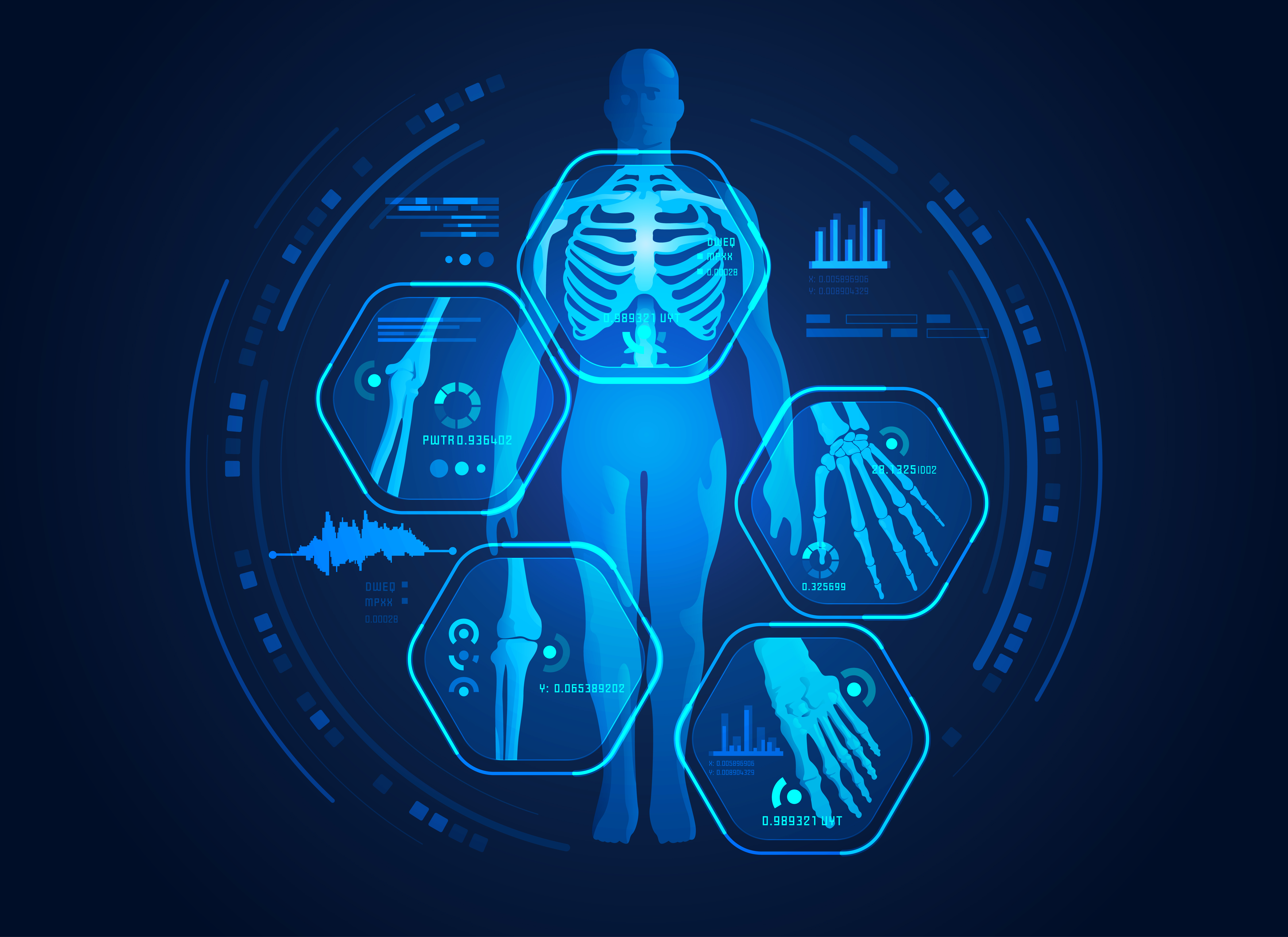
Waiting for x-rays in an ER or Urgent Care clinic can present a serious obstacle to getting patients treated, but AI may be able to help.
According to study recently published in the journal Radiology, AI can help physicians in interpreting x-rays after an injury and suspected fracture, and it can do so more accurately and without adding interpretation time.
“Fracture interpretation errors represents up to 24 percent of harmful diagnostic errors seen in the emergency department,” noted a statement announcing the results. “Furthermore, inconsistencies in radiographic diagnosis of fractures are more common during the evening and overnight hours (5 p.m. to 3 a.m.), likely related to non-expert reading and fatigue.”
For the study, conducted by a team of researchers led by Ali Guermazi, MD, PhD, of the Boston University School of Medicine’s Department of Radiology, the researchers developed an algorithm using 60,170 radiographs taken from trauma patients treated across 22 health centers. They then tested their using 480 radiograph exams from multiple institutions, tasking 24 readers (radiologists, orthopedists, emergency doctors, etc.) with interpreting the exams with AI and without it.
AI assistance helped reduce missed fractures by 29% and increased readers’ sensitivity by 16%, and by 30% for exams with more than 1 fracture, while improving specificity by 5%.
“The AI-assisted fracture recognition … has the potential to enhance diagnostic ability of both radiologists and nonradiologists, not only by detecting subtle findings difficult to visualize with human eyes but also by preventing cognitive errors due to human fatigue or satisfaction bias in image interpretation,” explained Dr. Guermazi. “Our AI algorithm can quickly and automatically detect x-rays that are positive for fractures and flag those studies in the system so that radiologists can prioritize reading x-rays with positive fractures. The system also highlights regions of interest with bounding boxes around areas where fractures are suspected. This can potentially contribute to less waiting time at the time of hospital or clinic visit before patients can get a positive diagnosis of fracture."
Expert human readers (musculoskeletal radiologists, who are subspecialized radiology doctors after receiving focused training on reading bone x-rays) defined the gold standard in this study and compared the performance of human readers with and without AI assistance.
“Our study was focused on fracture diagnosis, but similar concept can be applied to other diseases and disorders. Our ongoing research interest is to how best to utilize AI to help human healthcare providers to improve patient care, rather than making AI replace human healthcare providers. Our study showed one such example,” Guermazi said.
Photo by JackieNiam/Getty Images


